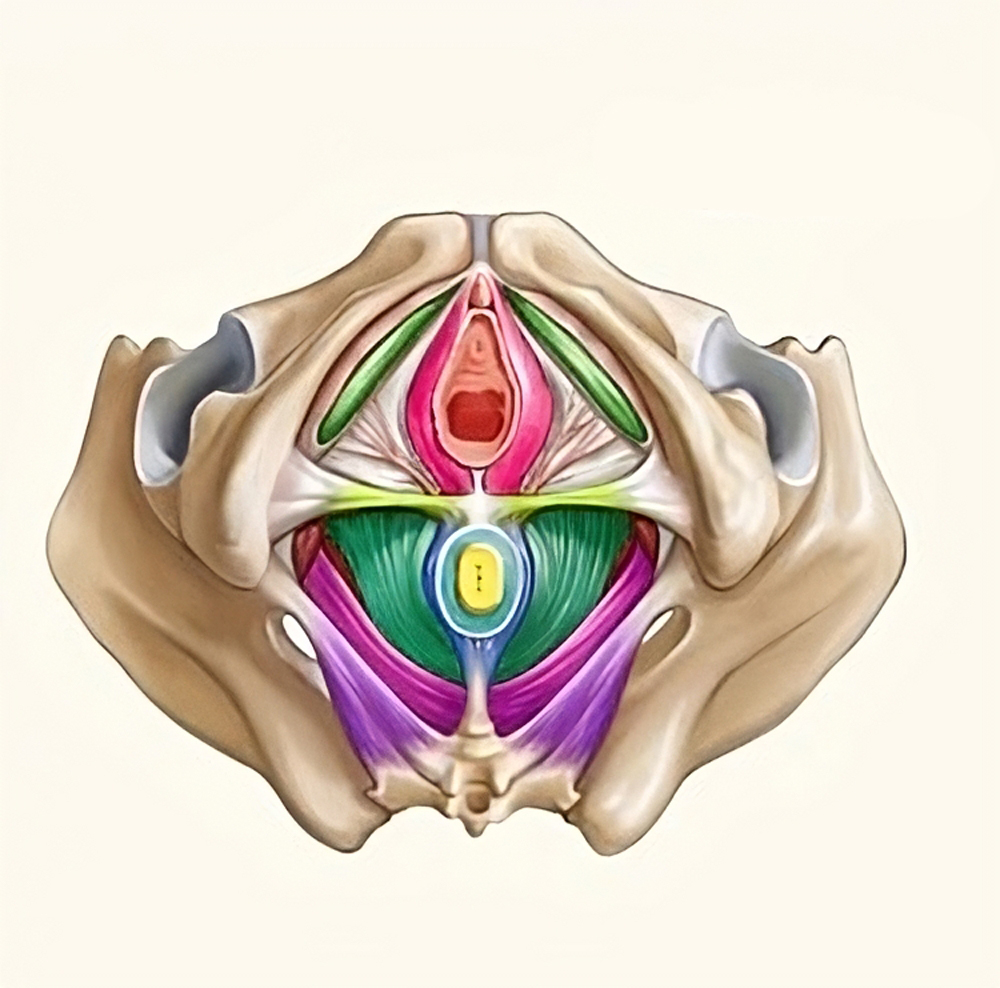Pelvic Health Therapy
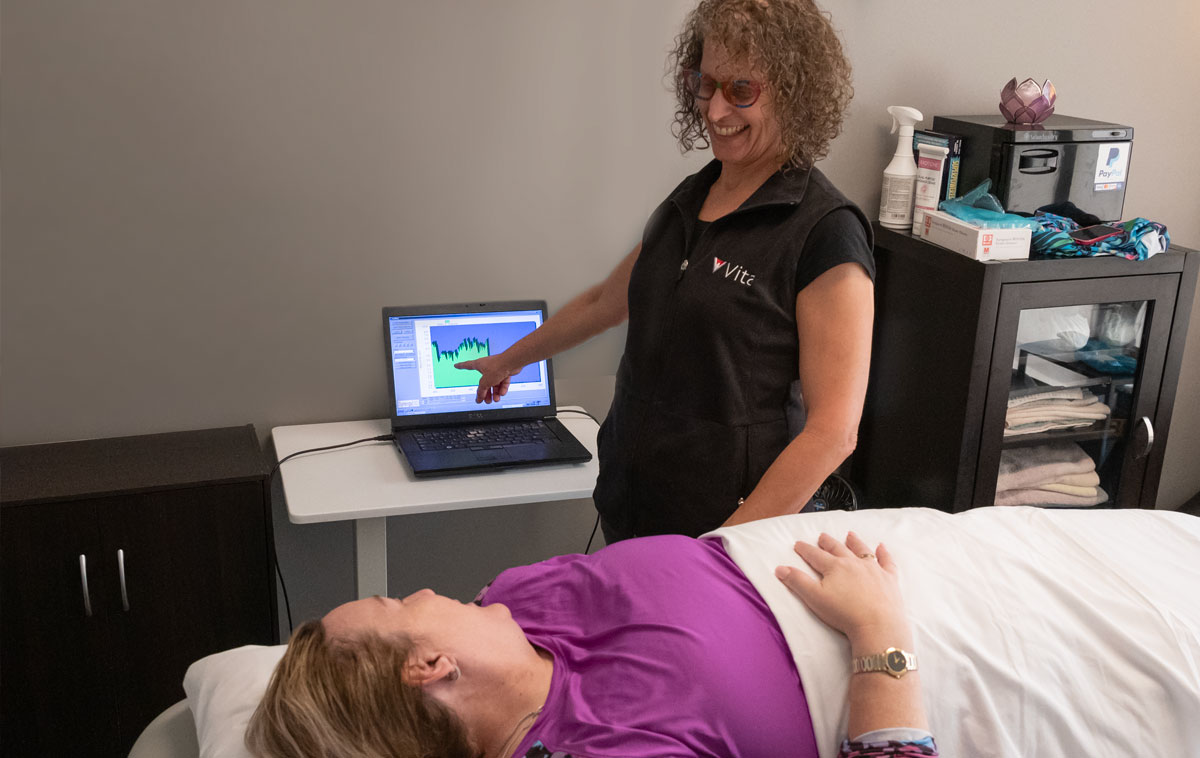
Heal with the best
Pelvic Health Therapy is a form of occupational and physical therapy focused on the muscles and organs of the pelvic region. The pelvic floor, comprised of muscles, ligaments, and connective tissue, supports the bladder, GI track (e.g. colon, rectum, and anus), and uterus (in women). It plays a crucial role in bladder and bowel health, sexual function, and core stability.
While pelvic muscle dysfunction (PMD) including pain and weakness, is common among all genders, our therapists, Debbie Callif, OT, BCB-PMD, DN and Meg Walker, DPT are extensively trained and have treated thousands of patients with PMD. Debbie’s and Meg’s knowledge base, skill level and professionalism helps put patients at ease. This reduces the embarrassment you may feel as you discuss your symptoms and/or related sensitive issues.
The good news is that pelvic floor symptoms can be treated!
Signs & Symptoms
There are several symptoms associated with pelvic floor dysfunction. If you have any of these symptoms listed below, talk to your healthcare provider, and come see us for an evaluation.
Bladder Dysfunction:
-
- Incontinence
- Urgency or frequency to urinate
- Recurrent UTI (urinary tract infection)
- Urine retention (inability to urinate)
Bowel Dysfunction
-
-
- Incontinence
- Urgency
- Frequency
- Chronic constipation
- Chronic diarrhea
- Irritable Bowel Syndrome (IBS)
-
Pain
-
- Bladder
- Interstitial Cystitis/Painful Bladder Syndrome (PBS)
- Prostatitis
- Painful urination (Dysuria)
- Genitalia:
- Vulvar
- Vulvodynia
- Vulvar Vestibulitis
- Lichen Sclerosis
- Vaginismus
- Dyspareunia (including painful medical exams)
- Testicular/scrotal pain (Orchialgia)
- Penile pain
- Transgender re-affirmation surgeries
- Other
- Rectal
- Tailbone
- Endometriosis
- Pudendal Neuralgia
- Scar & post radiation:
- Abdominal
- Vaginal
- Perineum/episiotomy
- Rectal
- Vulvar
- Bladder
- Prolapse
- Bladder
- Uterine
- Vaginal
- Rectal
- Pregnancy & Postpartum
- Prostate Cancer
- Pre and Post-surgical
- Bladder and erectile dysfunction
Treatments
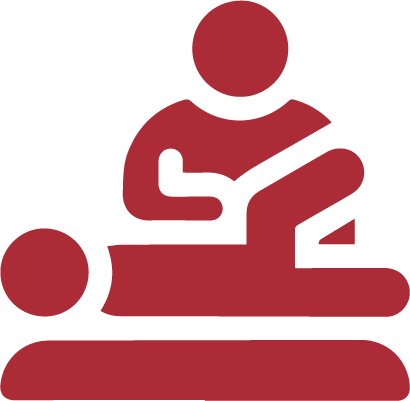
Manual therapy
Our pelvic floor therapists have advanced training in evaluating and treating the pelvic floor muscles and surrounding structures. They perform trigger point releases and soft tissue manipulation, including scar mobilization techniques. These techniques may also be performed during biofeedback sessions.

Biofeedback
Biofeedback uses sensors on your pelvic floor muscles. These muscles are deep within the pelvis. The biofeedback displays your muscles on a computer screen. This helps you to visualize the pelvic floor in “real-time.” Biofeedback is a painless technique that assists your therapist in evaluating and treating your pelvic floor muscles.
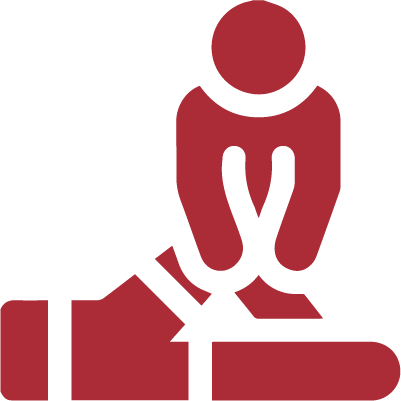
Visceral mobilization
Visceral mobilization, also called visceral manipulation, is a technique where your therapist will gently move internal organs also known as viscera (e.g., bladder, gastrointestinal tract, uterus) to improve their function. Visceral mobilization can help break down adhesions, improve organ mobility and promote healing.

Physiological Quieting:
Breathwork, Mindfulness, Relaxation, Imagery, EFT (Emotional Freedom Techniques)
Dietary Counseling
We perform an in-depth dietary assessment of foods you are eating and drinking (including vitamins or supplements) that may contribute to bladder and bowel dysfunction or pelvic pain.
These could cause irritation and inflammation in your muscles, tissues, and organs.

Life & Health Coaching
An integrative and functional medicine approach is used to look at how your daily habits affect your bladder & bowel health and abdominopelvic pain. Some of these include how you are sleeping, how you handle stress and your activity level.
Dry Needling
Dry needling effectively treats pelvic floor dysfunction in all genders. Our skilled occupational and physical therapists utilize fine needles to target trigger points that affect the bladder, bowels, and pelvic pain. It is a safe and innovative treatment option for pelvic floor dysfunction. Experience the remarkable benefits of dry needling at Vita Fitness & Physical Therapy.
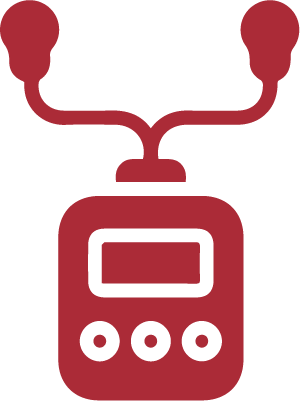
Electrical stimulation & TENS
Electrical stimulation and Transcutaneous Electrical Nerve Stimulation (TENS) are used in pelvic floor therapy to improve muscle function and pain. These units generate mild electrical pulses that can help reduce muscle tension and pain. They may be used in conjunction with pelvic floor manual and biofeedback therapy.

Integrative & Functional Medicine

Get lasting pelvic floor therapy benefits at Vita Fitness and Physical Therapy
Debbie has been a leader in the pelvic floor therapy world for 26 + years. Her extensive experience has included being a board member for international pelvic floor organizations and helping to author a certification exam for pelvic floor biofeedback rehabilitation. She continues to write and teach courses for this.
As our team leader of pelvic floor therapy, she solely focuses on improving the lives of those experiencing conditions related to the pelvic floor.
Using a combination of manual therapy, exercises, and lifestyle modifications, we work with each client to structure an individualized treatment plan tailored to their particular needs. Whether you’re struggling with urinary incontinence, pelvic pain, or sexual dysfunction, our therapists are here to help.
At Vita Fitness and Physical Therapy, we believe in empowering our clients to take control of their health and wellness. With the guidance of our expert pelvic floor therapist Debbie, you’ll be on your way to a healthier, pain-free life.
Schedule a consultation today and discover the benefits of Pelvic Floor Therapy at Vita Fitness and Physical Therapy!

GET LASTING PELVIC FLOOR THERAPY BENEFITS AT VITA FITNESS & PHYSICAL THERAPY
Using a combination of manual therapy, biofeedback, exercises, and lifestyle modifications, we work with each client to structure an individualized treatment plan tailored to their particular needs. Whether you’re struggling with urinary dysfunction, bowel problems, pelvic pain, or sexual dysfunction, our therapists are here to help.


